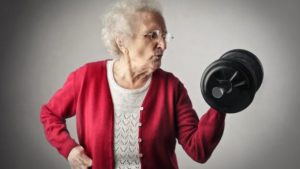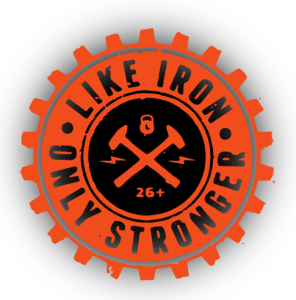Many people have their training priorities out of order, and stress very insignificant concepts like “muscle confusion” when attempting to build themselves a strength or muscle building program. Let us discuss a main contributor to size and strength that is quite often overlooked… mechanical load. Mechanical load is the loading of muscles through movement and is a main contributor to strength and muscle growth. Over time, our tissues adapt and become resistant to the effects of previous loads and to progress you MUST increase load. Let me tell you story. In Greek mythology, there was a man named Milo. Milo wanted to become bigger and stronger. He decided that he was going to start carrying a calf. He continued to carry the calf until it became a bull. Every day, the calf got bigger, and as a result Milo’s muscles grew bigger and stronger. This is a very basic story demonstrating progressive overload. Progressively overloading your training through either increasing intensity, volume and/or frequency over time is arguably the most important training factor to continuously grow bigger and stronger. When building a program, I would suggest being specific to the adaptations you desire (read earlier blog about specificity), and progressively overloading to continue to grow. For example, volume (which is defined in the literature as sets x reps, “hard” sets, or volume load which is sets x reps x load) is highly related to muscle growth whereas the absolute intensity (load on the bar) is not as strong a factor for muscle growth as long as the sets are taken near failure. If your goal is to grow your muscles it is wise to consider increasing volume over time. This can be achieved in many ways. For example, you could increase the amount of sets that you do week to week until you no longer benefit from the increasing stress or you can increase the amount of reps that you do with a given weight. If increasing your 1 repetition maximum is your goal it is wise to consider increasing the absolute intensity (load on the bar) over time. This does not mean that you always train with near maximal intensities. Volume is also related to gains in strength so it could be beneficial to have periods of training that are higher in volume (set x reps) and lower in absolute intensity (load on the bar). As your competition or testing day approaches increase your specificity by moving from higher volumes and lower intensities to lower volumes and higher intensities. This is a very surface level article and in reality this topic is full of nuance, but I hope this is a helpful starting place.

Strength and Hypertrophy
- likeironfitness@gmail.com
- August 8, 2017
- Uncategorized




